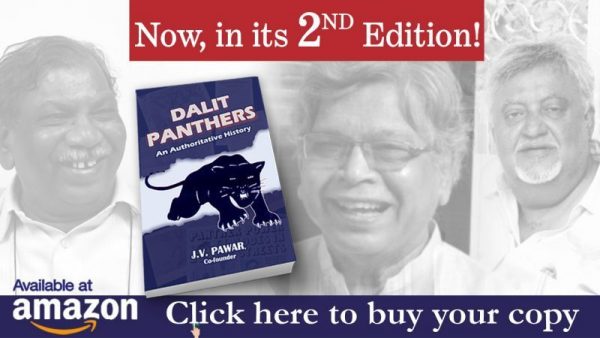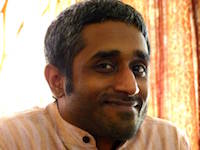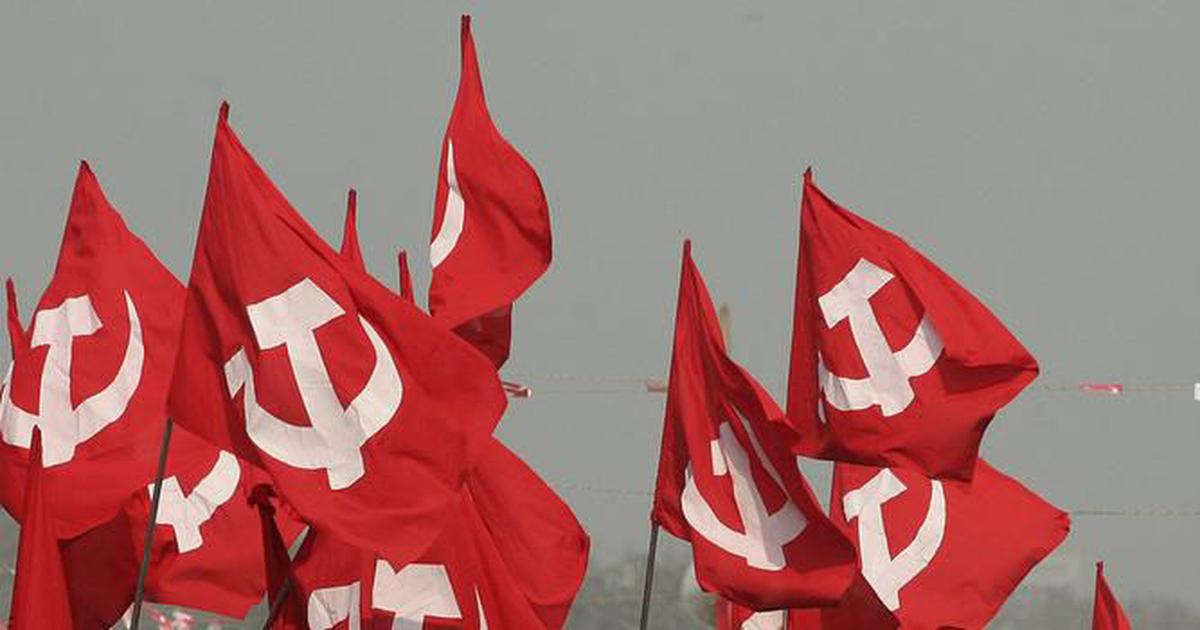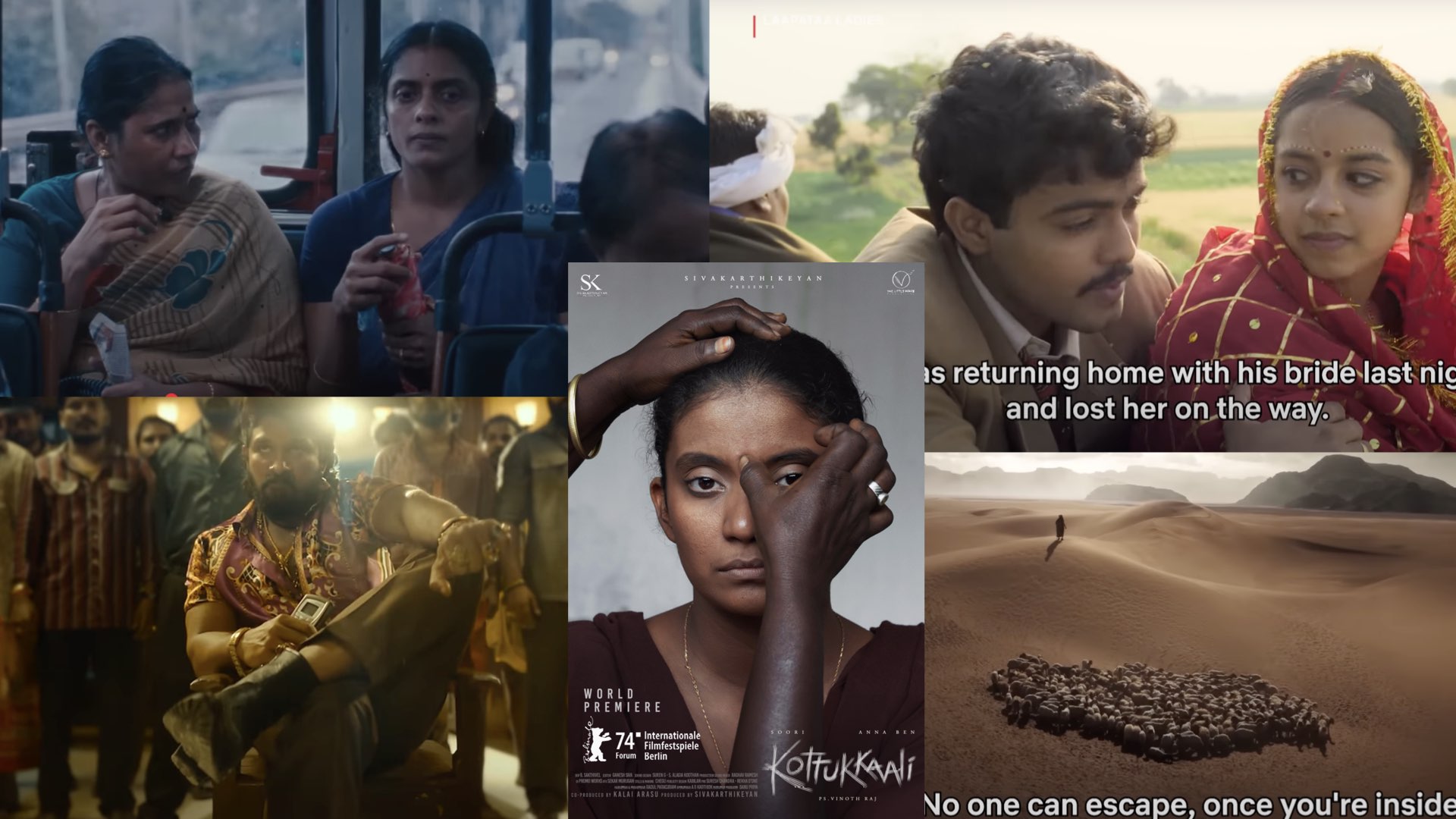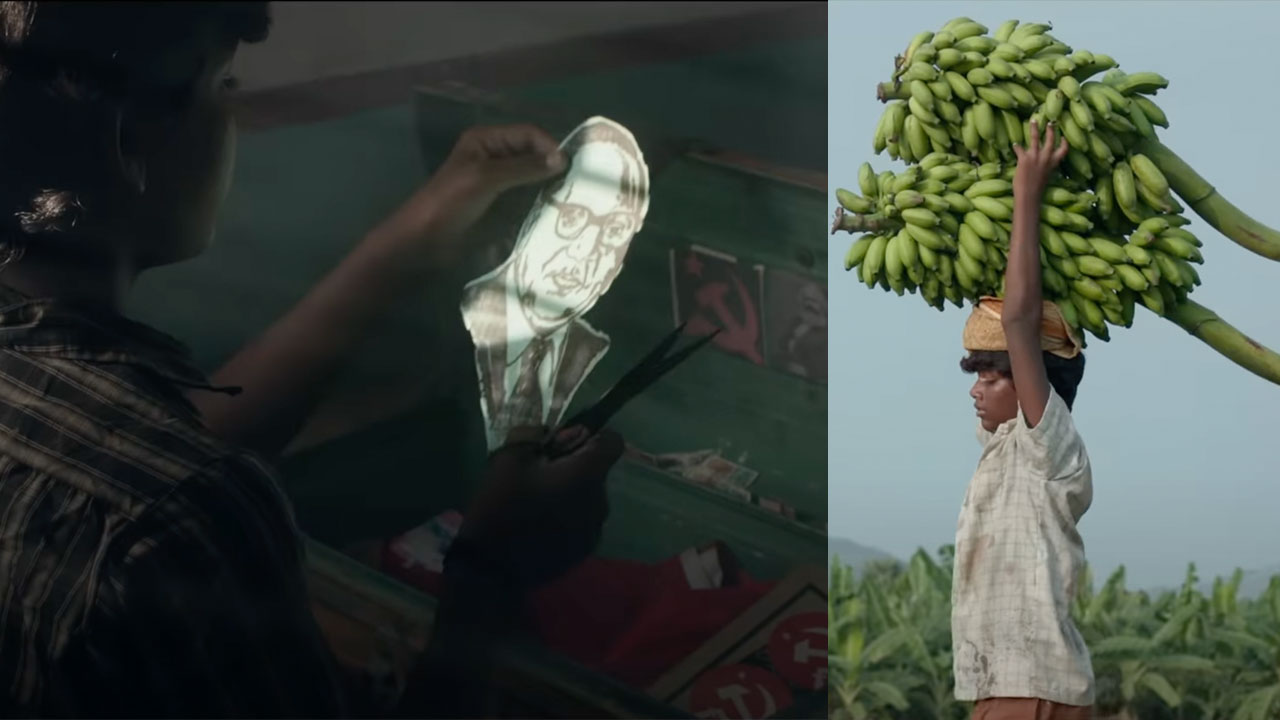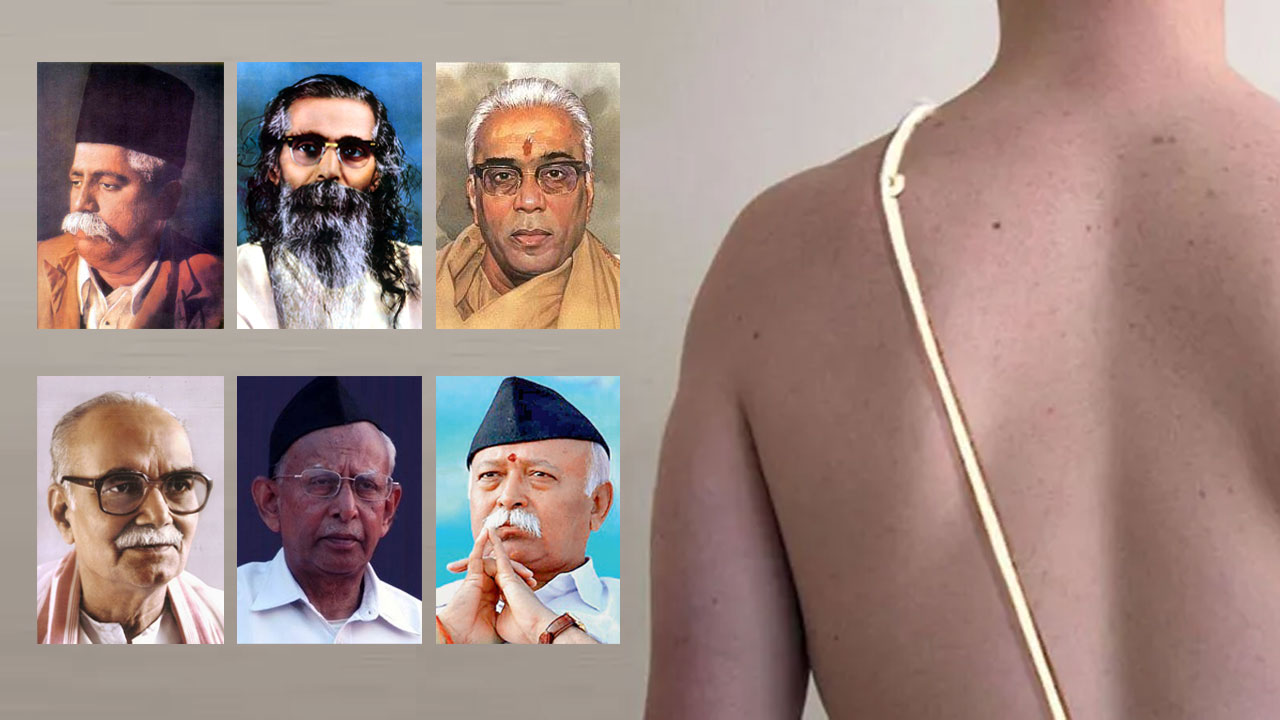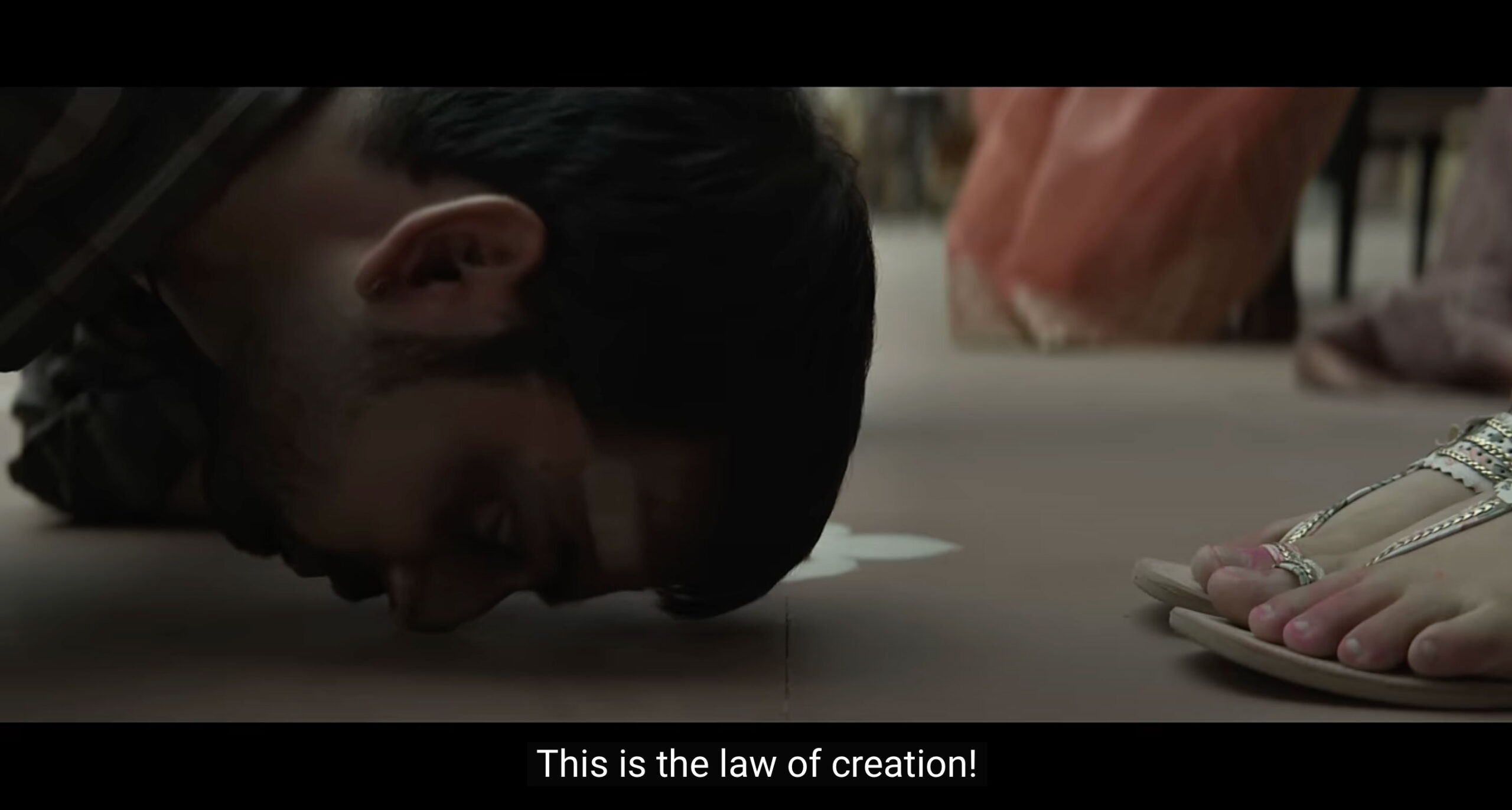Kerala’s past and present through the eyes of a Dalit historian
In this second part of an interview with FORWARD Press, P. Sanal Mohan, professor of History at Mahatma Gandhi University in Kottayam, Kerala, and author of the widely acclaimed Modernity of Slavery: Struggles Against Caste Inequality in Colonial Kerala, says none of the castes categorized as OBC or SC today, including the Ezhavas, was considered Hindu before the Temple Entry Movement of the 1920s and 1930s. Yet, the Sangh Parivar has set its sights on co-opting Narayana Guru today, although he is not amenable to this exercise. Guru was born into an Ezhava family but he taught everyone to transcend caste and religion and practised what he preached.
Where did Ezhavas fall in the socio-economic structure of 19th-century Kerala?
In the older historical documents of the 9th century, we find Ezhavas being referred to as an enslaved group but later the Ezhavas elevated themselves from this position. In 1817 there was a proclamation by the Travancore queen by which castes that were enslaved, other than those in the agrarian economy as labourers in the agricultural fields, were liberated. Therefore, in the 19th century, we find Ezhavas, too, as agricultural labourers or performing various economic activities. However, they were not agrestic slaves [slaves who were bought and sold along with the land or ‘rented’]. They were marginal farmers leasing land from the upper-caste landlords (janmis) and, towards the end of the 19th century, they also became well-to-do farmers. This is true for most parts of Kerala including Malabar, where Thiyyas [a caste similar to Ezhavas] had improved their lot. Between the 18th and 19th centuries, it is quite probable that they had been free from many of the fetters associated with an enslaved status. But, as I said, there was also a group of agricultural labourers from the Ezhavas and their numbers may not have been comparable to the Pulayas or the Parayas. If you want to look at the formation of the labouring castes in Kerala, those who were actually working in the fields, we need to make a distinction of this kind. In the 19th century, most of the physical labour in the wetland rice fields was being extracted from the slave castes. By slave castes I mean mostly Dalits. There could have been a small segment of Ezhavas involved in agricultural labour.
What was the contribution of Narayana Guru to this transformation both in his Ezhava community and outside his community?
Narayana Guru’s contribution was quite seminal, quite central, to the transformation of Kerala. It is also worth mentioning that the Ezhava community had members involved in diverse social and economic activities. So, you would find a section of wealthy people engaged in agriculture, trade and commerce, etc, forming towards the end of the 19th century and there was also a class of intellectuals coming up. There was in fact an intellectual tradition to which most of the scholars who have studied the Ezhava community refer to. There was a tradition of Sanskritic scholarship and practice of Ayurveda. When we look at the biography of Sri Narayana Guru, we see that he learnt from teachers who were from the same social group. If you look at the socioeconomic condition of the Ezhavas, you will be able to identify people involved in a range of occupations – physical labour to intellectual labour to managing the economy to those who were in the abkari (liquor) business. Therefore, it was quite diverse and when Guru founded his movement, he had the backing of these people. In 1905, they organized the first industrial exhibition in Kerala. So, we find that an economically very powerful social group had already formed within the Ezhava community.
Also Read: Prof P. Sanal Mohan: ‘The primary problem of Kerala’s Untouchables was slavery’
Because of the extreme diversity within this particular social group we find people involved in a variety of professions and also a class formation within that social group. I think what gave a different thrust to the Sri Narayana Guru movement was a class of people who could support the movement financially – unlike the social movements of Dalits who were mostly agricultural labourers. Things weren’t much different during the first half of the 20th century as far as the Dalits were concerned. Now when I say Guru was central to the transformation of Kerala, I mean the social movements he founded and the kind of ideological, scholarly work he did. As a scholar, as a sanyasi, social activist, thinker, ascetic, all of these rolled into one – that gave a substantial reach to him. Or rather we could say that it was something quite unusual for the times because he combined spiritual and social power, which culminated in the founding of the movement. If we look at the mid-19th century situation in Kerala, before all these reforms of the 20th century were born, we find the Protestant missionaries of the Church Missionary Society (CMS) and London Missionary Society (LMS) working among the Untouchable castes in Travancore but they were not just in the southern part of Kerala (Travancore) but also in north Kerala (Malabar), especially the Basel Mission. Because of this, the region today identified as Kerala had undergone a certain kind of transformation well before the so-called 20th-century reform movements, caste reform movements and anti-caste movements emerged. We have quite a few unknown figures mostly from the Dalit communities of that time. There was also a segment of the Ezhavas who joined the Protestant missionary churches. Therefore, we have this very interesting kind of transformation. It is important because this happened before the coming of the modern social movements and mobilizations or before the genesis of modern politics and we have these missionaries intervening against caste slavery, with thousands of slave-caste people joining the missions. The LMS had their congregations from Quilon (Kollam) towards south Travancore, including regions that are today part of the Tamil Nadu state. The CMS was at work from the north of Quilon upwards. From all these areas thousands joined the missions, both from the slave castes as well as the Ezhavas. And in the Tamil-speaking region there were the Nadars.
This also goes along with the history of the movement known as Ayyavazhi. This was a very powerful social movement that emerged in the 19th century in the south Travancore region among the Nadar community. The founder of the movement was Vaikundaswamy, also known as Muthukutty Swamy. He is known affectionately by different names, including Ayya Vaikundar, within the community and larger society. He was a staunch critic of caste and worked against it. He died in 1851. He was a forerunner to almost all of what we refer to today as the anti-caste social movements. But then this actually happened at a time when these Protestant missionaries were very active in both the regions of Travancore, in the south as well as in the north. So before the movements of the 20th century we had these missionaries and the movement of Vaikundaswamy. The missionaries had a critique of him and he had a critique of the missionaries too but you will see that he was also influenced by the things happening around him. Before the movements of the 20th century or the late 19th century, when Sri Narayana Guru becomes very active and subsequently Ayyankali becomes active, we had unsung heroes within the Dalit community – people who weren’t known outside their congregations, yet they were instrumental in transforming the communities because thousands joined the missions and this missionary interface unleashed the potential of people. It was not just one-way traffic. It was not just the missionaries going to these communities, it was also the people going in search of the missionaries and asking them to come and teach them. This happened in a big way in the case of the Mala Arya tribal community in today’s Kottayam district. One of the Anglican missionaries, Henry Baker Jr, went and taught them but he went there at the request of the elders of the community. There are good research works available on this. What I want to say is this: The movement of Sri Narayana Guru takes place but before that we have the mobilization of the enslaved castes by the missionaries. This is my observation. People do disagree with this. Usually the modern transformation is narrated as single, one-dimensional – the kind of changes that took place within these communities spearheaded by, for example, Sri Narayana Guru’s movement – but in fact if you critically look, you will also see that well before this, the missionaries were mobilizing the untouchable slave castes, people were using the public roads, wearing white clothes amid all this oppression and violence. So we need to complicate the presently available narrative. In most histories, the modern changes begin with the consecration of Shiva [idol] by Sri Narayana Guru in Aruvippuram. We need to push it back in time where you have different kinds of initiatives, especially by people from the slave castes, that actually led to the gradual undermining of the caste order.

Why do you think the narrative is what it is now? Is it because the rightwing, the RSS and the BJP, are trying to co-opt the icons and so there is an effort on the part of the others to reclaim them, and in the process the contemporaries or the forerunners are pushed into the shadows?
An effort of that kind has been there for a very long time. But even the official narrative – I don’t know if we can use this term – found in school textbooks begins with what people in this part of India refer to as “Kerala’s renaissance”. That is a completely different textualized account of Kerala’s modernity that begins with the so-called “renaissance movements” – although I don’t use that term – which is pinned to this particular moment of consecration of Shiva by Sri Narayana Guru. In the brahmanical order, only Brahmins can consecrate idols. Guru came from a low caste that also suffered from relative untouchability, but he did the consecration. This has often been advertised as a moment of the renaissance movement, which I contest as not being correct. In official histories this is thought of as a big moment and the roles of these reformers and those who led these movements are highlighted because subsequently they were considered Hindus by the Travancore State or the Government of India. Whereas we know that until the Temple Entry Movement [of the 1920s and 1930s], none of these people was Hindu. Ezhavas were never thought of as Hindus. Now, we have a different situation where all of them have been put together as Hindus. Therefore, the rightwing Hindutva forces try to appropriate these reformers and movements. Because the Sri Narayana Guru movement has a significant presence even now, appropriation is not very easy but RSS and BJP have been doing that. Even during the last election, the official leadership of the Sree Narayana Guru Dharma Paripalana Yogam (SNDP) formed a political party called Bharath Dharma Jana Sena (BDJS). But what happens during such situations is that they hardly think of the ideas of Sri Narayana Guru or the ideological aspects of the movement. BJDS found nothing wrong in aligning with the Hindutva ideology of the BJP and the RSS, which is their fundamental resource to control Indian polity. If you go by the actual ideas and teachings of the Guru, it is impossible for you to follow the RSS or the BJP. But the compulsions of politics become such that they go along with this rightwing group. The other side of this story is that the RSS think tank – I don’t know if that’s the right term – called Bharatiya Vichara Kendra in Kanyakumari, especially under their ideologue the late P. Parameswaran, have published books on Sri Narayana Guru and are trying to appropriate Sri Narayana Guru. To the very end, Guru remained a reformist, a sanyasi. He made public proclamations that he didn’t have any affiliation with castes, although some people who were with him continued to think that he was an Ezhava because he was born to Ezhava parents. But he assumed a self which was definitely away from castes. That is how he had gone to a different plane, but the community didn’t. Most of the reformed Ezhavas began thinking of themselves as Hindus especially after the Temple Entry Movement (Vaikom Satyagraha, Guruvayoor Satyagraha). In fact, this movement created a Hindu community among them, because until that time none of the castes categorized as OBCs or Dalits today could ever claim to be Hindus.
But we should also remember the fact that from the middle of the 19th century onwards, large congregations of Protestant Christians were drawn exclusively from the Ezhava community. So, the CMS had a pastorate in Mavelikara. Now it could be a diocese. If you go by the reports of the CMS missionaries of the 19th century, you will realize that 80 per cent of the congregation there came from the Ezhava community. Similarly in many parts of Kerala – especially in the north where the Basel Mission was active – 80 per cent of the Church of South India are former Thiyyas. So even when the Sri Narayana Guru movement was very strong and Guru himself was alive, he was not really worried about the question of “conversions”. The people were threatening to leave the Hindu religion unless temple entry was proclaimed, but Guru wasn’t concerned. That’s the context in which he would say that whatever your religion the most important thing is to be a good human being. Therefore, I think that Guru’s role was really significant in transforming Kerala society.
But we also find a number of other people who were contemporaries of Guru, for example Ayyankali. There were many occasions when Ayyankali would interact with Guru but the rank and file of Guru’s movement would never think of Ayyankali as part of them. That was an interesting situation. There are quite a number of reasons for that. Although some sections of Dalits today and also the RSS would be happy to appropriate Ayyankali, he was not amenable to that. Although some of his public statements would make him dear to the Hindutva forces, if you analyze his statements in his context and the histories of the movement he led, etc, there is nothing to suggest that he would be in favour of this sort of Hindutva thinking. Those who want to appropriate Ayyankali say that he was not in favour of Pulayas becoming Christians. The reason for that was that – as I understand from reading the source material of that period – Pulayas becoming Christians would weaken the combined efforts of the Pulayas to bring people together in the movement and fight against the oppressors. But if you look at the Pulaya people’s history, you will realize that even within Ayyankali’s [extended] family, a section had already become Christians. They were part of the LMS church in Trivandrum. Even the biography of Ayyankali by the late T.H.P. Chentharasseri refers to people who were part of Ayyankali’s movement but belonged to the LMS Church. He refers to the vadhyars, that is, teachers, Thomas and Harris, of the LMS school – these were all Pulayas who were part of the LMS church but were quite active in Ayyankali’s movement. When there were riots, as they were described in the police records of 1914-15 but which were in fact caste violence unleashed by the upper castes against the Pulayas, the Pulaya Christians were also attacked. There are narratives of Salvation Army aiyyas (pastors in the Tamil tradition) having been attacked and Salvation Army churches burnt down. All of these were in the Venganoor area, where Ayyankali also came from, which is a little removed from Trivandrum city. According to the 1915 missionary records of the LMS for Quilon, whenever there was caste violence involving the Nairs and Pulayas, the Nairs would attack both the so-called Hindus and Christians – those who had joined the missions – and one of the missionaries based in Quilon wrote that his congregation could not attend the church service because they didn’t have any clothes. Their huts had been burnt down and whatever was their Sunday best was also burnt. It took another six months for this missionary to raise enough money to buy clothes for these people. For the next six months, he reports to the mission headquarters in London that his people couldn’t come to the church. I have seen material in the state archives which tell a very different story – according to the everyday histories of these organizations Ayyankali definitely had the support of the Pulaya Christians. But unfortunately a segment of Dalit intellectuals never likes to talk about it because they think “oh you are bringing in Dalit Christians, missionaries”, etc. Yet, the written material shows that there was so much shared feeling – not just feeling but sharing of this phase of the movement, people coming together against caste atrocities, oppression, inequality. When they came together, it was without the religious divide. We had in Kottayam a very important Dalit leader, Pampady John Joseph. He was a schoolteacher but he left the job and joined the missionaries and eventually went into organizing Dalits. His idea was that Dalits should come together, forgetting the religious differences. This is the early 20th century, around 1920. He was the first person to write to British Parliament about the problems of Dalit Christians. My personal view is that we need to look at the complexity of that time, but most people don’t.
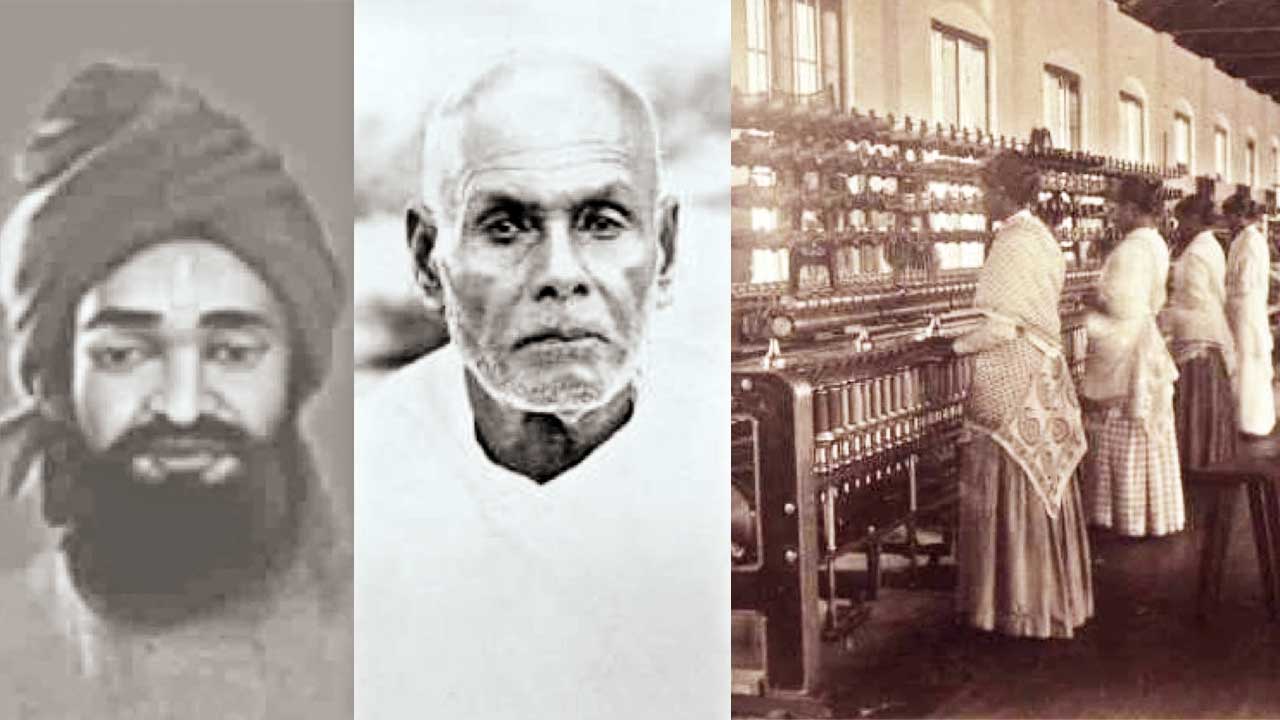
There was unity among Dalits across the religious divide but the Ezhavas weren’t willing to join forces with the Dalits. There was still that divide.
We read about, for example, the Nair-Ezhava violence through the whole of the 19th century. Likewise there used to be violence against Pulayas unleashed by the Ezhavas and also by Nairs. This was the social situation in which people were in certain ways entangled. Now when we look at the histories of caste violence, there was a greater chance of violence by the immediate dominant caste, even by the immediately upper layer of the bottom rung. There used to be this sort of conflict taking place. Now the social movements of the 20th century definitely had a chance to ease these social tensions but we do find in many places a lot of violence taking place, for example, on the question of school admission and so on, which is known to a certain extent in the case of Ayyankali – he went to enrol a girl student in a school, he was refused entry and the girl could not be enrolled and subsequently the school was burnt down. All of these problems have been talked about. Likewise, we also find in many places, violence between Ezhavas and Dalits. That’s because of the fact that these revolutionary ideas, the social plane on which Sri Narayana Guru stood, were not acceptable to his followers. The reason was that they knew that this levelling would be bad for their social dominance. In fact, the same thing happened within the church. Among Protestants, especially in the CMS, we find quite a number of instances of mobilization against Dalit Christians by Syrian Christians. So this sort of politics did exist among Christians and between various castes. That was a complex situation. It was the great fear of the possible social levelling because in the run-up to the mobilization for the abolition of slavery – it was all done by missionaries – the upper-caste landlords, Nairs as well as Syrian Christians, thought that if this happened, the Pulayas and Parayars would stop working in their farms, rice fields. They petitioned the government saying that slavery should never be abolished. They thought that these people would become free and put the economy in jeopardy by demolishing the economic structure. From around the 1850s to the 1950s, that is over a period of 100 years, we find lots of narratives of caste violence; unfortunately, there isn’t much research available on them. I was really surprised when I researched in the village where I grew up and people talked about the violence that existed in their former villages in Kottayam district, from where all these people migrated to the north of today’s Kerala. People associate the 1950s and 1960s with the Communist movement and social movements and so on but caste violence was rampant, including a lot of killings. I was really surprised. We really need to question the social history of Kerala, especially of the 19th and 20th century, that we are familiar with. Everything appears neat and clean but the actual situation was the contrary.
Forward Press also publishes books on Bahujan issues. Forward Press Books sheds light on the widespread problems as well as the finer aspects of Bahujan (Dalit, OBC, Adivasi, Nomadic, Pasmanda) society, culture, literature and politics. Contact us for a list of FP Books’ titles and to order. Mobile: +917827427311, Email: info@forwardmagazine.in)
The titles from Forward Press Books are also available on Kindle and these e-books cost less than their print versions. Browse and buy:
The Case for Bahujan Literature
Dalit Panthers: An Authoritative History
